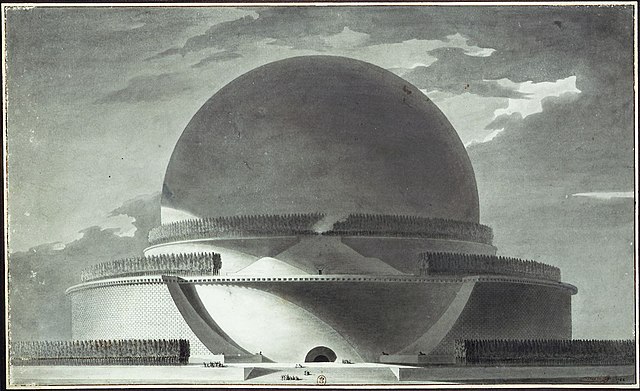Giuseppe Terragni was an Italian architect who worked primarily under the fascist regime of Benito Mussolini and pioneered the Italian modern movement under the rubric of Rationalism. His most famous work is the Casa del Fascio built in Como, northern Italy, which was begun in 1932 and completed in 1936;
it was built in accordance with the International Style of architecture and frescoed by abstract artist Mario Radice. In 1938, at the behest of Mussolini's fascist government, Terragni designed the Danteum, an unbuilt monument to the Italian poet Dante Alighieri structured around the formal divisions of his greatest work, the Divine Comedy.
From left: Luigi Zuccoli, Mario Radice, Neve Nizzoli, Manlio Rho, Marcello Nizzoli and Giuseppe Terragni
Rationalism (architecture)
In architecture, Rationalism is an architectural current which mostly developed from Italy in the 1920s and 1930s. Vitruvius had claimed in his work De architectura that architecture is a science that can be comprehended rationally. The formulation was taken up and further developed in the architectural treatises of the Renaissance. Eighteenth-century progressive art theory opposed the Baroque use of illusionism with the classic beauty of truth and reason.
Project for an Isaac Newton memorial by Étienne-Louis Boullée.
The former Casa del Fascio in Como, Italy, designed by Giuseppe Terragni.
University of Rome campus in 1938




